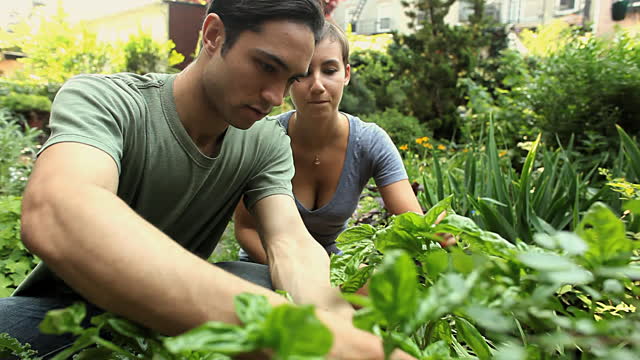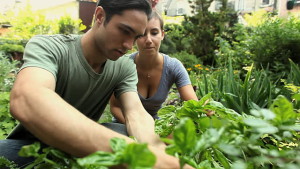Preventing Plant Problems – Pay attention to your gardens!
- by The Lord Humungus
- 9 years ago
- 0 comments

**This article was contributed by SPQR Cincinattus**
The importance of regularly checking on what you are growing cannot be overemphasized. The goal is to prevent a problem from occurring or, in many instances, to stop a problem from becoming an even bigger one. Taking a look, a close look, at what you are growing can provide you with critically important information on nutrient deficiencies, harmful insects, plant pathogens, weeds, and environmental effects. The earlier the problem is detected the easier solving it will be.
Nutrient deficiencies are common across all types of plants and can result in decreased yields, less aesthetic value, and increased susceptibility to insect and plant pathogens. This can best be prevented by taking a soil sample before planting to determine the nutrient content of the soil and what is needed. Deficiency symptoms can often be determined by the appearance of leaves. For a high value crop or plant, a tissue sample can be analyzed for the nutrient content to determine what is specifically needed.
Insect pests can be a significant problem in nearly every growing situation. Early detection and correct identification of the insect causing damage are important to determine the solution. Some insects are beneficial and eat pest insects, so these should be taken into consideration before action is taken. Also, it is important to understand that while pest insects may be present they may be below the threshold to warrant taking action, such as using insecticides.
Plant pathogens are often difficult to combat once they colonize a plant, so prevention or early detection is of great importance. Preventing plant pathogens is most effective when the variety of plant selected is less susceptible to certain pathogens. The variety of plant selected for planting, time of year, and environmental conditions are interrelated in creating a diseased plant. Being aware of these factors can make treatment options easier. It is rare to completely eliminate all pathogens from a plant, however stopping it from becoming a larger problem is often the best outcome. Identifying the type of pathogen will determine what course of action needs to be taken.
Weeds can be seemingly nonexistent one day and the next day they have completely taken over. Prevention is the most effective means of combating weeds. Time of year, environmental conditions, soil management, type of weed, presence of weed seeds, and what has been, or will be, planted are all factors in determining what to do. Creating an environment that favors the crop and disfavors the weed is better than trying to manage weeds as they emerge. This is accomplished by choosing the right crop to plant, planting timing, preparing the soil, ensuring the necessary plant nutrients, and using herbicides before weeds emerge or when they are very small.
Awareness of the recent, current, and future environmental conditions are greatly important when determining what your plants need as well as predicting the previously listed problems. If the environmental conditions benefit your plants they will likely also benefit a number of unwanted pests as well. Variables like temperature, rain, and time of year often correlated with emerging insect pests, weed germination, and establishment of pathogens on plants.
Close monitoring and inspection of anything you happen to be growing is important under any circumstances, but will be particularly important during any SHTF or disaster scenario.

